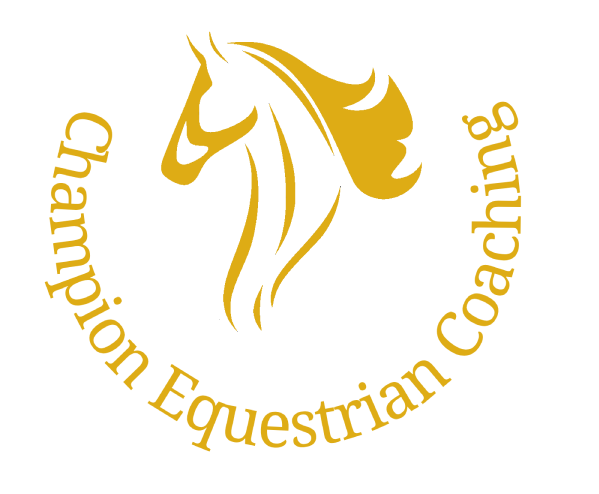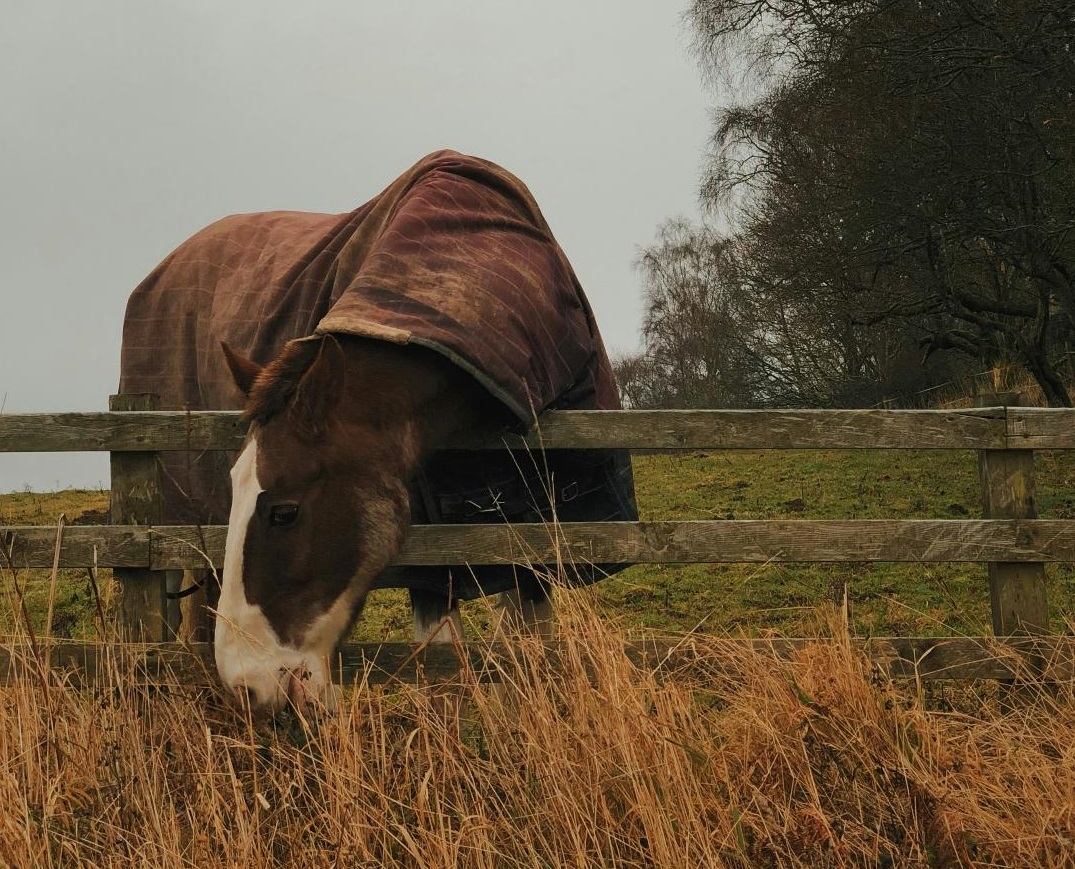Every equestrian has had that moment; you walk into the stable, and something just feels off. Your horse is usually eagerly poking his head over the stable door, but today he’s standing in the corner. He’s normally zippy on the lunge line, but today he seems stiff. As your coach, I see the highs and lows of your journey, and a big part of that is helping you know when to trust your gut.
This post isn’t about replacing your vet, but about empowering you to be an even better guardian to your horse. After all, you know your horse better than anyone else so by asking yourself the right questions and doing some quick checks of your own, if you do need to call the vet, you are likely to have more of the information they need to help.
Is It Colic? When in doubt, call it in
Colic can be scary, and the signs aren’t always dramatic. Trust your intuition. A horse that is usually ravenous at mealtimes but suddenly ignores its hay should raise a flag, along with a few other signs.
- Pay attention to restlessness, pawing, stretching out like they’re trying to urinate, or getting up and down repeatedly.
- Do some quick checks. Listen for gut sounds, check their gum colour (they should be a healthy pink), and note if they’ve passed droppings recently and if they’re normal (size, consistency, volume).
Your action plan: Don’t hesitate. If you’re worried about colic, call your vet immediately. The sooner they can assess the situation, the better.
Lameness: it’s not always obvious
Sometimes lameness is a glaring limp, but more often it’s a tiny hesitation in a turn or a subtle stumble that you only notice because you know your horse so well.
- My tip? Pay attention to how your horse is moving before you get in the saddle. Observe them as you bring them in from the field. Watch their body language as you work around them, grooming and tacking up. Do they look level? Do they seem reluctant to move? Are they evading you?
- The hoof check. Before every ride, as part of your grooming routine, get into the habit of assessing each hoof and lower leg. Feel for heat, look for stones, and check the sole for any bruising or a puncture.
Your action plan: If the lameness is new and unusual or you can’t identify the cause, a call to your vet is the smartest move. They can do a full workup and give you the right course of action.
Cuts & scrapes: how to assess a minor injury
It seems like horses are masters of finding new ways to get into scrapes. Most cuts are minor, but knowing the difference between a simple graze and a serious wound is key.
- Check the location: Is it on a joint, a tendon, or close to their eye? These locations can be more serious and may require veterinary attention.
- Look at the wound itself: Is it bleeding profusely? Is it a small scratch or a deep puncture? Is there a jagged tear of the skin or is it a clean line?
Your action plan: Assess and act swiftly but calmly. For small, shallow grazes and scrapes, gently clean the area. Salt water is ideal along with plenty of clean cotton wool. Once clean you can better assess whether it needs to be dressed or not. But if you see a deep cut, a puncture, or any wound near a joint, it’s always better to call the vet and get their advice. A thorough deep clean and some antibiotics early can save a lot of trouble later. Needless to say, if there is heavy bleeding, the immediate job is to stem the flow of blood by applying pressure and calling for assistance.
This is just scratching the surface (excuse the pun!) but I hope it’s a helpful starting point for you and your horse. And, if you haven’t checked it recently, spend a few minutes making sure your horse’s first aid kit is complete and that all products are within their use by date.

